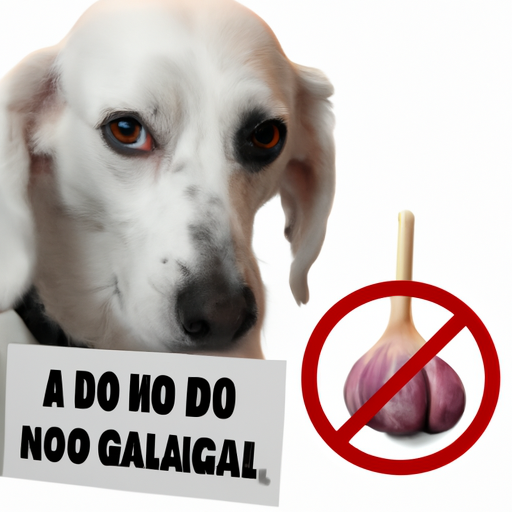Introduction
You’ve probably heard it before, or maybe even wondered about it yourself: why can’t dogs have garlic? As a caregiver for your four-legged friend, it’s normal to question the do’s and don’ts of their diet. After all, you want what’s best for them. This article aims to shed light on the subject and provide some much-needed clarity.
The Science Behind the Toxicity
The main reason why dogs can’t consume garlic lies in its chemical composition. Garlic, like onions and leeks, belongs to the Allium family. This means that it contains compounds called thiosulphates, which are toxic to dogs.
| Allium Family | Thiosulphate Content |
|---|---|
| Garlic | High |
| Onions | High |
| Leeks | Moderate |
Thiosulphates can cause oxidative damage to your dog’s red blood cells, leading to hemolytic anemia. This can, in turn, lead to breathlessness, lethargy, and other health complications that we, as caregivers, want to avoid.
Recognizing the Signs of Garlic Toxicity
It’s crucial to be able to identify the signs of garlic toxicity in dogs, as early detection can make a significant difference in treatment outcomes. Here are some symptoms you should look out for:
- Vomiting or diarrhea
- Loss of appetite
- Abnormal breathing
- Lethargy or weakness
- Pale gums
If you notice any of these signs after your dog consumes garlic, it’s essential to contact your vet immediately.
The Myth of Garlic as a Flea and Tick Repellent
You might have heard that garlic can be used as a natural flea and tick repellent in dogs. However, this is a dangerous misconception. While some dogs might not show immediate signs of toxicity, prolonged exposure to garlic, even in small amounts, can cause cumulative damage over time. Instead of resorting to garlic, consider these safer alternatives for flea and tick prevention:
- Topical treatments
- Oral medications
- Flea collars
Garlic in Dog Food: Is it Safe?
The inclusion of garlic in commercial dog food has stirred up some controversy. While some manufacturers claim that the garlic content in their products is too low to cause harm, the consensus among veterinary professionals is that it’s better to be safe than sorry. As a caregiver, it’s your responsibility to do your research and make informed decisions about your dog’s diet.
FAQs
Q: Can dogs eat any amount of garlic safely?
A: No, any amount of garlic can potentially be harmful to dogs.
Q: Can garlic toxicity be treated?
A: Yes, with prompt veterinary care, garlic toxicity can be treated. However, prevention is always better.
Q: Is cooked garlic safe for dogs?
A: No, cooking does not eliminate the toxic compounds in garlic.
Remember, as a caregiver, your dog’s health and wellbeing are in your hands. It’s crucial to be aware of the potential hazards in their diet and take the necessary steps to prevent them.



